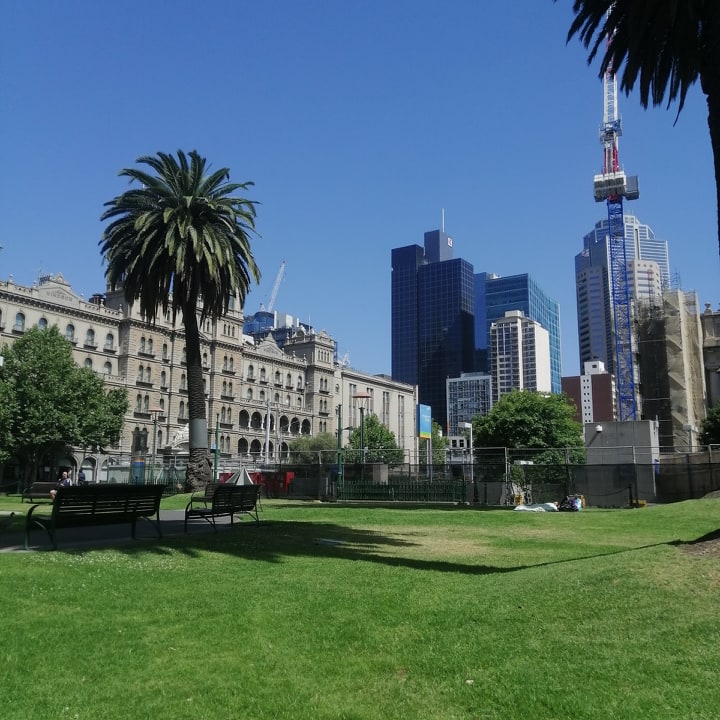
Numbers don’t lie – from October 2018 to October 2019, 65,746 Nepali students did enroll in tertiary studies in Australia. Nepal was the third highest country to send students to Australia after India and China – an impressive statistic if we compare the population of the two with Nepal.
Both India and China are home to above a billion people, whereas Nepal is at 29.3 million.
This and other stats led to concerns about the ‘possibility of Nepalis being exploited in Australia’. Therefore, when Sydney Morning Herald did a story titled: ‘It’s just abusive’: Experts issue warning over Nepalese student surge’, naturally the community was concerned.
Nepal’s education ministry has been informed by the Nepalese Embassy in Canberra, and a response is awaited, as per media reports. On social media and within the larger community too, the issues raised by the article were raised, while many agree towards the possibility of the ‘abuse’, the attention must be shifted at the actual statement issued too.
According to Sydney Morning Herald, “Andrew Norton, professor of higher education policy at the Australian National University, said the Nepalese influx should be “red-flagged” by the Department of Home Affairs.
As per the article, he further states that ‘Nepal is a country with a not-very-large population and it is very poor’, however the statement begs the question ‘if the arriving students are poor’?
A student visa application to study in Australia is a stringent process – applications must be strong, loans must be secured, fees must be paid in prior – even to think of applying to study in Australia requires you to enjoy certain socio-economic background in Nepal.
The article goes on to cite World Bank’s figures on Nepal’s per capita income at USD 1,000 per family – however for families earning an annual income of USD 1,000, sending their children to study in Australia is a far-off dream. Many families from these income bracket cannot even afford to send their children to university at home – not because studying in Nepal is expensive, it is mostly because family members after reaching a certain age are burdened with the task of supplementing their family income.
The lines of comparison too is wrong – for example, of Nepal’s 29.3 million population, the 65,746 students makes 0.22% of the total population of the state – are we to assume that 0.22% of Nepal’s population cannot afford international education?
The article also begs the question of the Australian government’s stand on education – the tertiary education industry is Australia’s third biggest export. Nepal’s demographic contributes a fair share to the percentage. Most of Australian universities’ marketing efforts are dedicated towards roping in international students – therefore, flagging Nepal would probably have adverse effects towards the growing industry.





